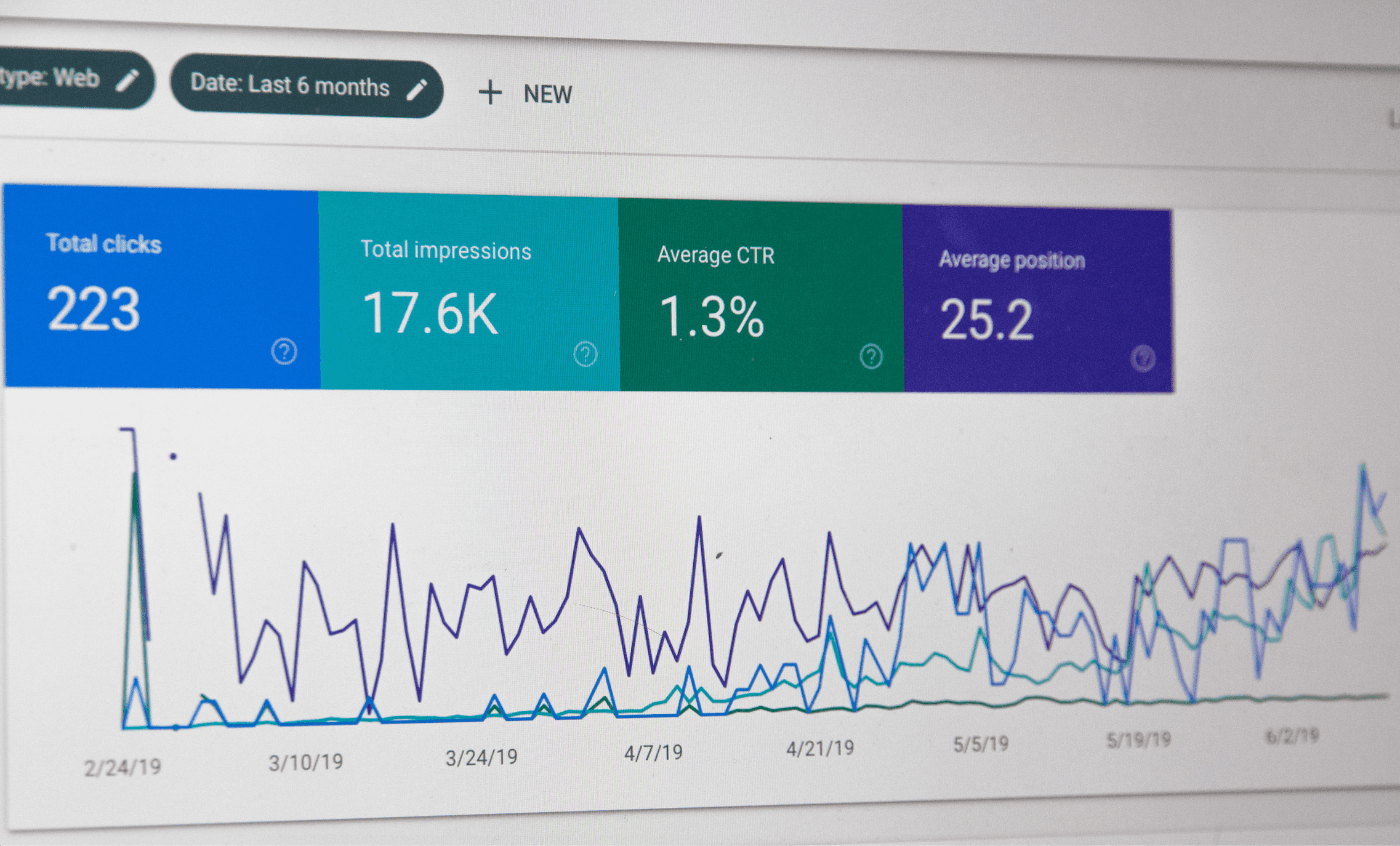Content Repurposing: 10X Your Reach With These Content Repurposing Strategies

“Content is king.” This simple phrase by Bill Gates in his 1996 essay has been overused by marketers for the past two decades. Unfortunately, it has become one of those marketing clichés marketers say to clients, colleagues, and anyone who cares to listen to them. However, there is still a ton of wisdom behind this simple phrase.
With the proliferation of content on the web, you need unique, high-quality, engaging, and relevant content to make an impact. If you are reading this post, you probably already know that and have been spending ungodly amounts of time and/or money attempting to create the best possible content.
An even greater problem sets in when you hit the publish button on your latest blog post, podcast, TikTok video, or social media post, and wait for it: nothing happens! As you know, your content is only as good as the number of people who engage with it when you’re measuring your return on investment. This is where content distribution and content repurposing come in handy.
If content is king, we dare to say content distribution is the kingmaker. Read on to discover how you can get more people to see your content using simple, low-cost, scalable strategies.
Article Overview:
What Is Content Distribution? Why Is It Important?
Types of Content Distribution Channels
The 5 Most Popular Content Distribution Tools
The Benefits Of Content Repurposing
10 Content Repurposing Strategies
Case study: GaryVee’s Content Model
What Is Content Distribution? Why Is It Important?

Content distribution is the strategic approach that brands use to circulate content to specific target audiences. It includes the sharing and promotion activities that happen after publishing and deals with how you make sure your content is seen by your target audience using different channels and media formats.
Content distribution is critical if you want to get more eyeballs on your content. The enormous volume of content published online by the second makes it difficult for your content to stand out, hence the need for a strong distribution strategy.
Just imagine this:
1,165+ posts are published on Instagram each second.
10,038+ tweets are posted to Twitter each second.
8.5 billion searches are done every day using Google.
Now that we’ve established that content distribution is essential to your marketing strategy, let’s look at the content distribution channels. They are normally divided into paid media, owned media, and earned media.
Types of Content Distribution Channels

In order to understand how content distribution works, it is important to understand the distribution channels. Different channels have different engagement rules, which determine your extent of control and your content’s lifespan.
1. Owned Media
Owned media is any channel under your company’s direct control. This includes your newsletters, websites, blogs, email, etc. This may also include social media, depending on how you view it. All brands own their social media audiences, but they don’t own the social sharing aspect. That is earned. So social media can be considered either owned or earned.
This type of media is distributed using the company’s network. It may include sharing content organically or working with influencers to spread the content. Owned media is typically low-cost and can be easily manipulated. However, the content must be very engaging and compelling for your audience to share it with their network.
2. Paid Media
Paid media involves external channels that require payment—for example, display ads and pay-per-click advertising. Paid media is essential for revenue growth and instrumental in growing brand awareness.
Paid media gives companies a bigger opportunity to reach more online audiences compared to owned and earned media. However, it’s more costly and isn’t easy to control.
3. Earned Media
Earned media is any uncompensated content that is created about your business by other people. This may be in the form of media coverage, user-generated content, or customer referrals. Though created by other people, marketers have learned how to position businesses for earned media opportunities through public relations.
This kind of media is credible and compelling, especially when shared among individuals. According to HubSpot Research, 57% of people trust their friends and family referrals when they discover a new product.
The 5 Most Popular Content Distribution Tools

1. Buffer
Buffer is an app that allows users to share content on all social media channels from one place. You can use it to schedule and publish posts on Twitter, Facebook, Instagram, and Linkedin. You can also reshare old content by “rebuffering.”
2. Mailchimp
Mailchimp is one of the most popular email distribution software platforms. You can create emails, automated email campaigns, and email flows to your contact list. One great thing about Mailchimp is that it offers free accounts for those with fewer than 2,000 contacts on their list. This makes it easy and affordable to use when you are just starting out.
3. Hootsuite
Hootsuite is a social media distribution platform that allows you to manage all your accounts in one place, schedule posts, and follow important online discussions using hashtags.
4. AddThis
AddThis is particularly important if you have a blog on your website. This on-page sharing tool enables readers to share content to their social media accounts without leaving your blog. AddThis is a versatile tool and can also be added to newsletters, case studies, and more.
5. Taboola
Taboola is a content discovery tool that works by recommending your content on popular websites and apps. It intelligently targets readers in “discovery” mode and recommends your articles to them, making it a good way to get more eyeballs on your content.
What Is Content Repurposing?

Content repurposing, also known as content recycling, involves reusing content that you have already shared before in a different format so as to reach new audiences and extend its lifespan.
Content lifespan varies depending on the publishing platform. For example, a Facebook post may have a lifespan of just a few hours before it gets buried by the algorithm forever. However, a YouTube Video has an infinite lifespan, as it is still discoverable even after five years or more. Understanding how different platforms work should form the core of your repurposing strategy.
Before you start repurposing content, you need to understand:
1. Content formats
2. Content lifespan
3. Content goals
4. Audience distribution on platforms
When creating new content, part of your effort should go into figuring out how it’s going to be broken down into different formats and reused on different platforms later.
The Benefits of Content Repurposing

1. Saves Time
Content repurposing saves time by helping you identify content pieces that will do well based on data from top-performing content. This means that when you repurpose that content, it is also going to work on other platforms. If you turn that podcast episode with a lot of hits into a blog post, it will likely do well in that format, too.
2. Boosts SEO
Publishing multiple pieces of content around the same topic and keyword on different platforms will show search engines that you are a subject authority. This will boost your search results and improve your overall domain authority score when done on your website. Publishing content on different platforms also gives you better chances of your content being found for specific queries and gives you the benefits of backlinks.
3. Increases Your Content and Audience Reach
Creating one blog post is great; it gives you the chance of being found on Google. However, turning that blog post into a podcast episode, YouTube video, or Instagram infographic gives you three extra content pieces with presence on three platforms with three different audiences.
4. Reinforces Your Message
According to Salesforce, buyers need at least 6-8 touchpoints with your brand before they convert. Repurposing content on different platforms can help you reinforce your message and create new touch points for potential buyers that will help convert faster. Additionally, repurposing content will keep your message consistent on all platforms, giving prospective customers a sense of reliability and credibility.
10 Content Repurposing Strategies

Creating and publishing new content every day is very time-consuming and can feel virtually impossible. Well, unless you are a news network or big company with a massive content creation budget and team that allows you to do so. The challenge is that, at the same time, for your business to remain relevant, you must publish fresh content frequently. How do you do that?
This section will show you how you can repurpose one piece of content and turn it into as many pieces as you want without becoming irrelevant.
1. Repurpose Old Images Into Social Media Post Backgrounds
One of the easiest things you can do is to reuse your Instagram images as a background for quote posts that you derive from other content assets like blogs, podcasts, or videos. Instead of creating new images all the time, you can do this to save time.
2. Extract Snippets From Long-Form Video Content
As you might know, video is exploding on social media. According to Wyzol, video has a high return on investment, and 85% of businesses are using video as a marketing tool. However, video is one of the hardest content types to create. It requires a lot of hours, effort, and many moving parts.
One great strategy to increase the amount of video content you post without creating from scratch would be extracting snippets from long videos. For instance, you can extract up to fifteen short videos for TikTok from an hour-long Youtube video.

3. Utilize User-Generated Content
One of the most underrated content repurposing strategies is user-generated content. This is content that is created by your customers and posted online. Not only is it relatable, but also very credible because, more often than not, it shows your product in a “real” setting.
This is free content that you never work to create and is a great way to appreciate your customers by posting their photos on your business’s social media pages.

4. Reuse Insights and Quotes From Existing Content
Sound bites are a huge go-to, especially if you interview authority figures in your industry. Quotes that have a lot of insight perform really well on social media, especially on Twitter and Instagram.
5. Repurpose Infographics From Blogs and Newsletters
Infographics are a great way to summarize information, especially if you publish data-driven observations and findings. You can increase the impact of a blog or case study by summarizing them in images. It’s also easy to drive traffic to a blog post by adding a link to the infographics you post on social media pages. Infographics are also more memorable, and they help your audience grasp the content better than a 2,000-word blog.

6. Create Transcripts for Your Podcasts and Videos
A transcript can act as an assistive device for hearing impaired people. This can allow them to enjoy your content and create a new audience for you.
7. Turn Your Videos Into Blog Posts
Creating your videos into blog posts is a great way to share information with an audience that might not be able to play your video content. For instance, take an executive who is in a busy space. They might not be able to watch a video, especially if they don’t have earphones, but they can quickly read a blog post. Blogs are also faster to consume compared to a 15-minute video.
Moz, an SEO tool, produces a weekly video series called Whiteboard Friday. Each video is its own piece of content, but they also use a transcription tool to turn the videos into blog posts.


8. Turn Your Video and Webinar Into a Podcast Episode
Turning video into a podcast will open up your businesses to audiences who prefer listening to audio than watching video content. It’s also very easy too. All you need to do is convert your Mp4 video into an Mp3 audio format and upload it to a podcasting platform. This format is especially popular with creators.


9. Record Podcast Snippets for Social Media
Apart from extracting snippets from long-form video content, you can also extract snippets from your podcast, especially if you also record it as a video. If you don’t, you can post podcast snippets as audio with beautiful images. You can use the snippets to tease upcoming content or to highlight previous episodes.

10. Embed Podcast and YouTube Episodes Into Blog Posts
This is a great way to add authority and backlinks to your blog content. It also provides additional value for readers who might want to consume your content in a different way.
Case study: GaryVee’s Content Model

For a practical application, we’d like to share with you the content distribution and repurposing system that Gary Vee uses to publish as many pieces of content as he does daily. The GaryVee Content Model is an excellent example of how he turns one piece of content like a keynote presentation into social media posts, blogs, and YouTube videos. In this case study, you’ll see the exact system he used to create more than thirty pieces of content from a keynote presentation, resulting in more than 35,000,000 views. Click here to read it now.
Our Final Thoughts

Content repurposing is a great way to ensure that you publish fresh content for your business and reach new audiences. However, it should not be your whole strategy. Rather, it should be part of your content marketing strategy.
When distributing and repurposing your content, you need to select mediums that are relevant to your audience. It is important to remember that even though you can try to be “omnipresent” on all channels, it doesn’t mean you should be or will succeed on all channels.
Thank you so much for reading this blog. We hope you found it helpful and informative. If you did, feel free to share it with your network. Watch us repurpose this blog and turn it into an email *wink*.








